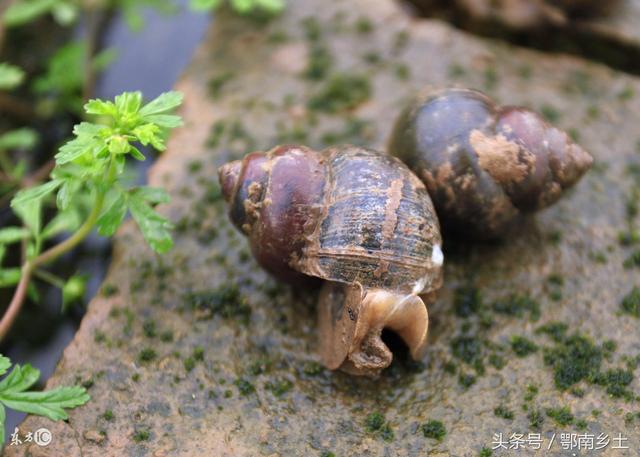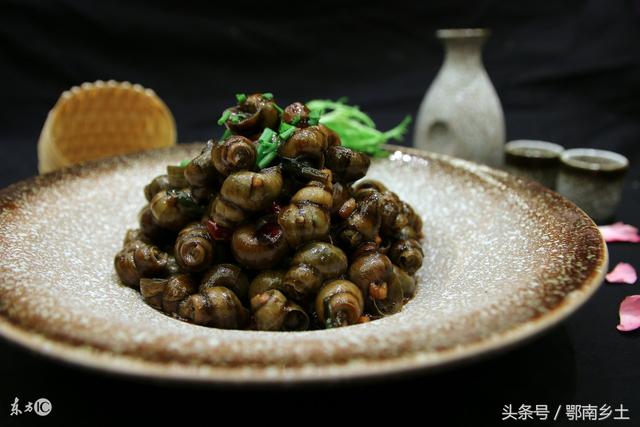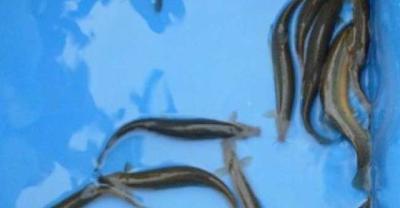Rural culture technology: key points of field snail culture
Field snails can not only be made into delicacies, but also have wonderful uses in all kinds of breeding. Field snail can not only purify water quality, but also is a high-quality bait for all kinds of special aquaculture. For example: Leech, herring culture entirely rely on screws as bait, crayfish, turtles, crabs and other culture, field snails are also indispensable bait.

The following is to share some basic knowledge about snail culture. I hope I can help you all.
The cultivation methods of field snail include special pond culture, rice field culture and fish snail mixed culture and so on. The pond area of special pond culture should be small, the soil is soft and the water source is sufficient. Some aquatic plants such as Zizania caduciflora and Pleurotus ostreatus can be planted in the pond to make full use of the land and create a hidden ecological environment for snails. The water quality in the culture pond is one of the keys to the success or failure of the snail culture field. Note: water containing large amounts of iron and sulfur should never be used.
The optimum water temperature for field snail culture is 20 ℃-26 ℃, when the feeding is exuberant. When the water temperature rises to 30 ℃-33 ℃, the snail will dive into the soil to avoid the summer heat, and will not eat or grow. The meat also becomes hard and boring. Therefore, we must pay attention to adjust the water temperature below 26 ℃. The aquaculture water is deep, usually 30 cm. In order to increase the water temperature in winter, it can be reduced to about 20 centimeters. This amount of water is not only needed for the growth of field snails, but also has the function of defending against enemies.
The rice field also raises the field snail, and chooses the marsh field which is moist without dry water all the year round, which is most suitable for the life of the field snail. The organic matter fertilizer and weeds in the paddy field can be used to feed the snail, and some artificial bait can be supplemented when the stocking density is high. Under the shade of rice, the growth of field snail can be maintained in summer. Therefore, raising snails in rice fields is a simple and labor-saving way of farming, but we should pay attention to avoid the use of pesticides, otherwise it will be toxic to field snails.
The field snail can be mixed with one-year-old carp and fed to the carp, which is decomposed in the soil and used as field snail feed. However, it should not be mixed with two-year-old carp, because this individual carp will devour field snail larvae. It can also be mixed with other fish or aquatic animals. Sometimes in order to increase the output of famous and high-quality aquatic products, snails are used as high-quality feed for herring, turtles and turtles.
In the natural state, the snail grows fastest in the first three to four months, then gradually slows down, and even no longer grows after two years. Therefore, the field snail should seize the opportunity during artificial culture and fully bait to make it grow in a relatively short time, so that the snail meat is large and soft and delicious, which is inferior to the natural one, and the yield is also higher.

Capture method
The square sand captured by the snail can not only be caught by reaching into the pond, but also can be captured by hand-copied net. The diameter of the net is 20 cm and the mesh is 2.8 cm. When fishing, small individuals can be allowed to leak the net in the pond and continue to breed. If the aquaculture pond area is larger, can use fried rice bran mixed with clay knead into a ball, into the pool, snail smell fragrance will cluster feeding, at this time can pick up big to stay small or catch with nets.

Finally, by telling everyone a secret about the high yield of crayfish and crabs, of course, it must have something to do with snails. The old driver of shrimp and crab farming, crayfish and crab ponds put about 300 jin of field snails per mu every year, and the snails are bought. Think about whether there is a prospect for raising snails in the end!
- Prev

How to cultivate Carnation "points for attention"
Speaking of carnations, we must all know something about it, so, do you know how to raise carnations? Next, the editor will introduce carnations to you.
- Next

How about raising foxes? look at the conditions of raising foxes.
Every winter, there are many people who wear fur on the street. Fur has good warmth, and the price is relatively high, so the fur industry is booming. Fur comes from.
Related
- On the eggshell is a badge full of pride. British Poultry Egg Market and Consumer observation
- British study: 72% of Britons are willing to buy native eggs raised by insects
- Guidelines for friendly egg production revised the increase of space in chicken sheds can not be forced to change feathers and lay eggs.
- Risk of delay in customs clearance Australia suspends lobster exports to China
- Pig semen-the Vector of virus Transmission (4)
- Pig semen-the Vector of virus Transmission (3)
- Five common causes of difficult control of classical swine fever in clinic and their countermeasures
- Foot-and-mouth disease is the most effective way to prevent it!
- PED is the number one killer of piglets and has to be guarded against in autumn and winter.
- What is "yellow fat pig"? Have you ever heard the pig collector talk about "yellow fat pig"?

